Harry and Meghan’s antics have helped restore Australia’s faith in the Monarchy, writes Angela Mollard. Our nations are bound by ties of duty – and family. As brave King Charles is making clear…
‘A possible tour’ of King Charles to Australia later this year hardly seems like news to prompt us to string up the streamers or pop the streamers.
At any other time, such an unclear announcement from the Australian prime minister’s office might indicate that the king has only dampened interest in a foray into the colonies.
And only if His Majesty doesn’t get a better offer.
The past two weeks of royal woe have changed all that. At this point, the idea that Charles might – just might – make his first visit Down Under since becoming king is a bright light in an ocean of gloom.
Prince Charles attends the Australia Day Celebrations in London in 2011
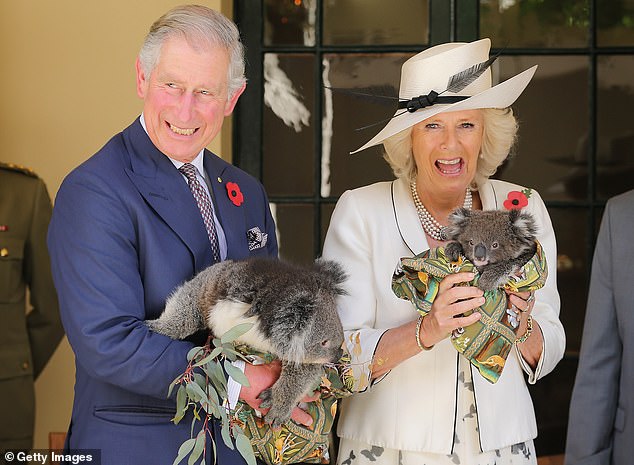
Prince Charles holds a koala named Kao, while Camilla holds a bear named Matilda at Government House in Adelaide in 2012
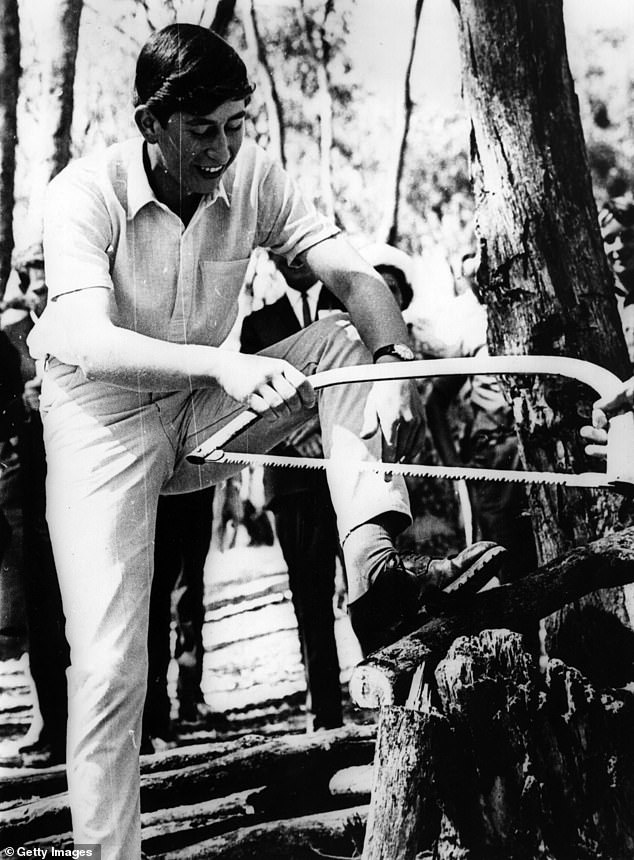
Prince of Wales used a bush saw to cut down a tree during a trip to Timbertop, an annex of Geelong Grammar School in Victoria
Not only does it provide the first sign that the 75-year-old king’s cancer treatment could ultimately be successful, it also underlines how important the relationship between the two nations remains – for both sides.
The king will miss next Monday’s Commonwealth Day service as he continues to undergo treatment, but he takes his role as head of the 56 member states very seriously.
He has even recorded a special message that will be broadcast around the world to mark the event.
In fact, his decision to go ahead with the planned trip to Australia speaks volumes of his desire to protect and maintain a shared relationship that, frankly, is vital to both parties – no matter how much bickering may have occurred along the way .
In the years leading up to Queen Elizabeth’s death in 2022, the conversation in Australia tended to assume that while we respected Her Majesty, the same affection would not be extended to her son.
Expectations grew that the country would break ties with the monarchy and be ruled by its own head of state.
Not that anyone knew what this might look like – which is partly why the referendum on a republic failed when it was voted on in 1999.
A quarter of a century later, the push for independence has never looked so weak.
Strangely enough, the crown-and-castle caper that we apparently wanted to throw overboard has been replaced by something that is somewhere between curiosity and respect.
Here, where the royal family is neither an institutional anchor nor a backdrop to everyday life, the pranks of recent years have largely served as entertainment.
As Megxit unfolded, we watched from a distance as if we were watching the Kardashians, only with crowns.
Yet Sussex’s defection did little to advance the republican cause.
Instead – and rather oddly – it seemed to anchor our allegiance to this trouble-ridden family with the aging matriarch, a gradually rehabilitated heir, his two motherless sons and their glamorous wives.
Duty, service and fortitude: those qualities we so admired in the woman who ruled for seventy years were suddenly thrown into stark relief by the antics of Harry and Meghan.
Here in the country where anyone with tickets for themselves is quickly targeted, the new king, his good-natured wife and the beautiful Welsh family seemed the epitome of dignity and tireless hard work.
Here where there is little respect for moaning or posturing, Harry’s hypocrisy of constantly bashing his family while still immersing himself in the titles and trappings it brings has not won him any fans.
Our loyalty to Britain is based on characteristics that are as traditional as they are modern: shared values, togetherness, democracy, loyalty, good-natured rivalry and – in these unsettling global times – a deep commitment to peace.
When the palace announced the king had cancer, even the Australian Republican Movement sent well wishes.
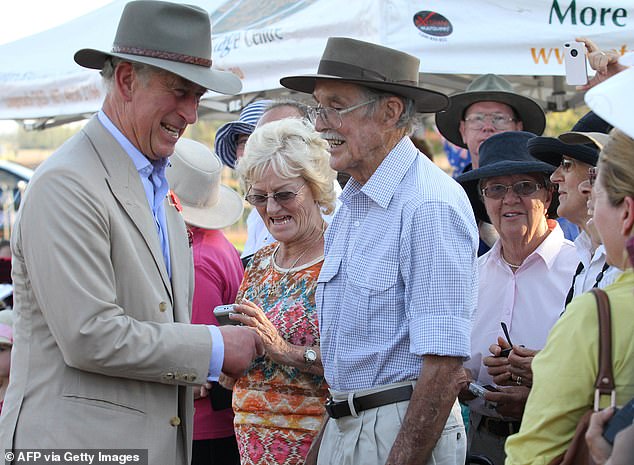
Prince Charles, wearing appropriate headgear, meets locals in the outback of Longreach, Queensland in 2012
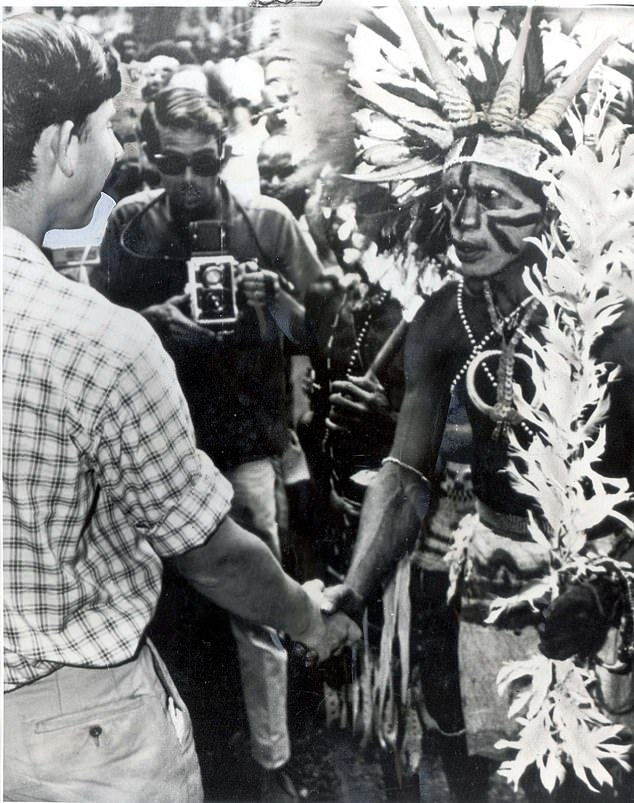
The Prince was among a group of Geelong schoolboys visiting the island of Papua New Guinea
Announcing the “possible” royal visit yesterday, Prime Minister Anthony Albanese pointed out that King “has shown compassion for Australians affected by recent natural disasters, just as Australians have shown compassion and support for the King following his cancer diagnosis.”
“The King, Queen and members of the Royal Family are always welcome in Australia,” he said.
Post-cancer, Australia will be a soft landing place for the monarch who has admired the continent since he lived here as a schoolboy. He considers his time at Geelong Grammar to be one of the happiest times of his life and certainly the highlight of his education.
“Honestly, this was by far the best part,” he said in a speech years later. ‘I had knocked off the Pommy pieces. Like chips off an old block.’
Is it premature to announce a visit so soon after a cancer diagnosis?
Maybe there was no choice. Planning a tour can take many months, involving multiple state and territory groups.
It could even tie in with the Commonwealth Heads of Government Meeting (CHOGM) in Samoa in October.
Whatever the case, it was probably only a matter of time before news of a visit leaked out.
No doubt the King is also keen to send out positive news, while strengthening the relationship with a nation that has stood side by side with Britain through wars, disasters and hotly contested sporting competitions.
Charles might even want to match his mother’s tally of 16 tours Down Under. So far he has visited fifteen times.
In terms of his itinerary, Victoria – the state where he enjoyed his time in Geelong – will likely feature, not only because he hasn’t been there since 2012, but also because illness, especially in later life, tends to think about voting.
Tasmania could also beckon with its beautiful scenery, sustainability projects and food scene. The cooler temperatures there would likely suit the queen, who struggled in the 40-degree heat during the couple’s 2018 visit to Queensland and the Northern Territory.
As for how they will be greeted, interest in the royal family remains high.
The Australian Women’s Weekly continues to publish detailed articles on the royal family and Sky News, which usually focuses on news and commentary, added a new weekly show, The Royal Report, early last year.
In the newsroom, the ranking of top-rated stories usually includes royal news in the top five.
Boisterous Australia has long offered what the royals crave: freedom from conformity, an easy-going outdoor lifestyle, egalitarian social networks and wide open spaces to exhale and reevaluate.
It is the place where Lady Diana Spencer secretly hid in 1981 when she was considering Prince Charles’ marriage proposal.
It’s where Prince Harry spent time as a jackaroo at the age of 19.
As he said in Spare, he enjoyed collecting cows. They were creatures that needed their space, he noted. Just like him.
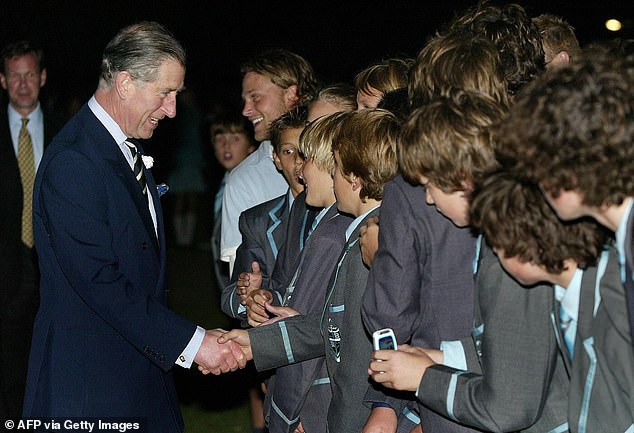
Prince Charles shakes hands with students at Geelong Grammar school in 2005. He spent time there as a 17-year-old student in 1966
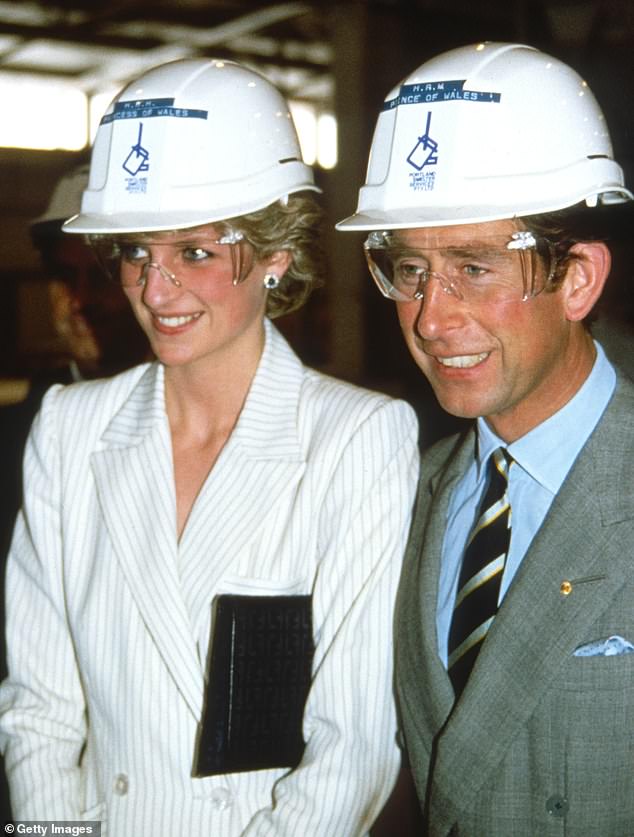
Prince Charles and Diana wear hard hats and goggles during a 1985 visit to the Alcoa Aluminum Smelter Project in Geelong
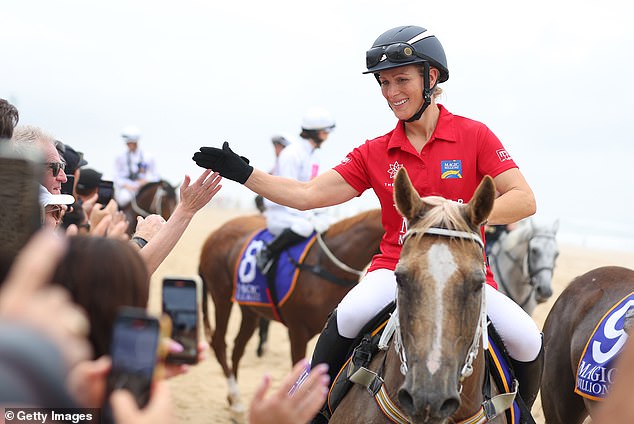
Magic Millions ambassador Zara Tindall will take part in the Barrier Draw in January this year
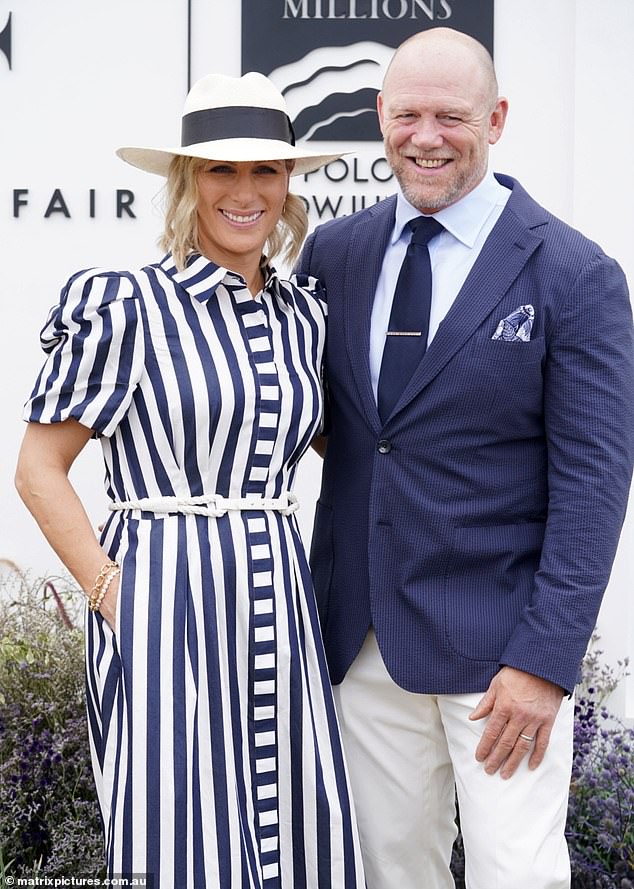
The Tindalls have become regular visitors to Australia and their daughter claims to support the Wallabies and not England Rugby Union
It is also a special place for the Tindalls.
Princess Anne’s daughter Zara met rugby-playing husband Mike at the Manly Wharf Bar in 2003 when he was drowning his sorrows after being dropped from the England squad before the World Cup semi-final.
The Tindalls have become regular – and welcome – visitors. When it comes to rugby, it seems daughter Mia is supporting the Wallabies and not England
This is a big moment for the British monarchy, but also for the British nation – and Australia. After all, family counts for something.
